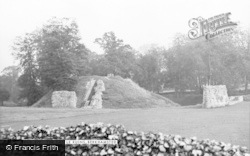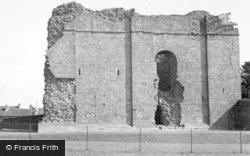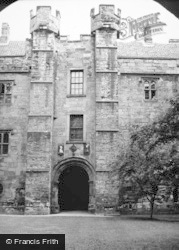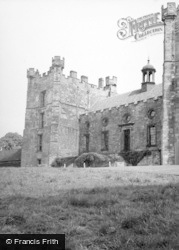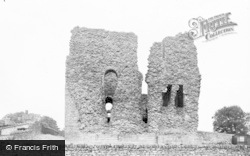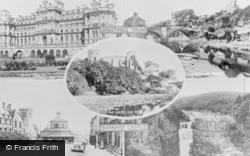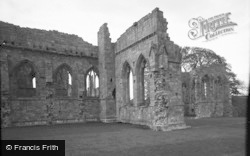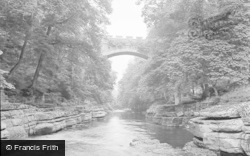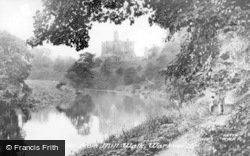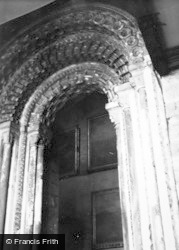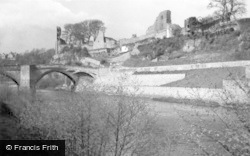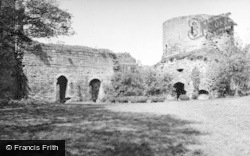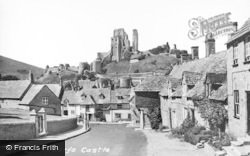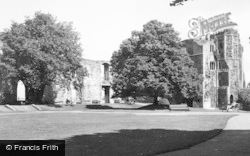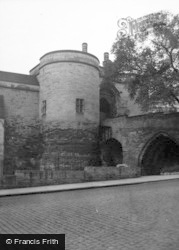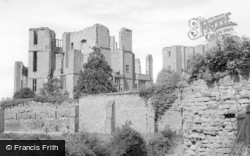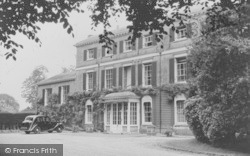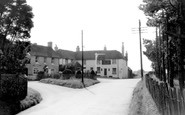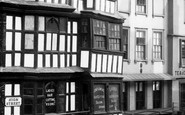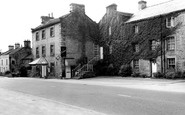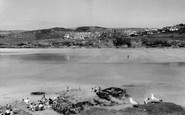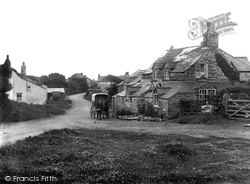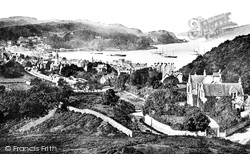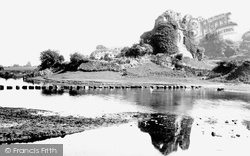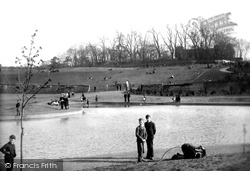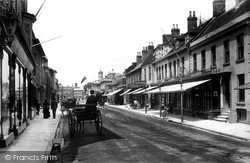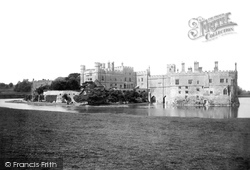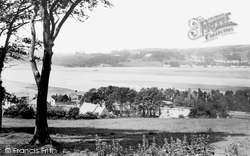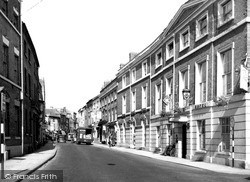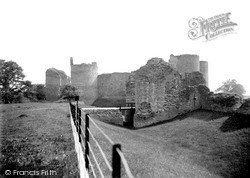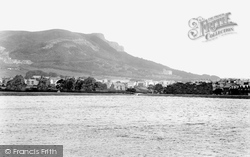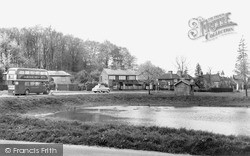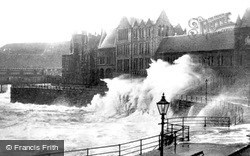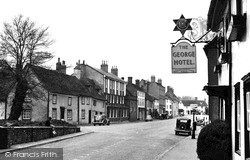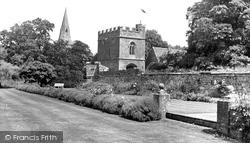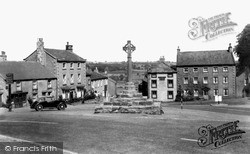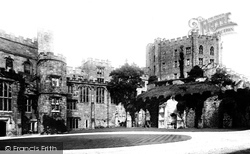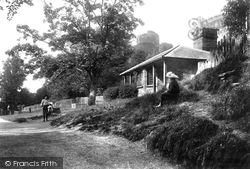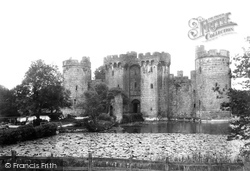Places
36 places found.
Those places high-lighted have photos. All locations may have maps, books and memories.
- Barnard Castle, Durham
- Bishop's Castle, Shropshire
- Castle Douglas, Dumfries and Galloway
- Castle Combe, Wiltshire
- Castle Cary, Somerset
- Corfe Castle, Dorset
- Castle Bolton, Yorkshire
- Burgh Castle, Norfolk (near Great Yarmouth)
- Belvoir Castle, Leicestershire
- Castle Hedingham, Essex
- Rowlands Castle, Hampshire
- Castle Acre, Norfolk
- Balmoral Castle, Grampian
- Castle Rising, Norfolk
- Castle Ashby, Northamptonshire
- Castle Bromwich, West Midlands
- Castle Eden, Durham
- Redmire, Yorkshire (near Castle Bolton)
- Castle Donington, Leicestershire
- Gwrych Castle, Clwyd
- Urquhart Castle, Highlands
- Sudeley Castle, Gloucestershire
- Cholmondeley Castle, Cheshire
- Wardour Castle, Wiltshire
- Dunstaffnage Castle, Strathclyde
- Raby Castle, Durham
- Crichton Castle, Lothian
- Lumley Castle, Durham
- Dunnottar Castle, Grampian
- Elcho Castle, Tayside
- Elmley Castle, Hereford & Worcester
- Barcaldine Castle, Strathclyde
- Midmar Castle, Grampian
- Hanley Castle, Hereford & Worcester
- Castle Bytham, Lincolnshire
- Kincardine Castle, Grampian
Photos
10,187 photos found. Showing results 961 to 980.
Maps
432 maps found.
Books
4 books found. Showing results 1,153 to 4.
Memories
826 memories found. Showing results 481 to 490.
Florries Stores
As a child my family moved from Leytonstone, London to Church Lane in South Benfleet. Memories are sketchey but I remember clearly living in what were called at the time a 'bungalow stores', it was a pre-war pebbledash type ...Read more
A memory of South Benfleet in 1967 by
Chilwell Barracks
I was stationed at Chilwell barracks just outside Nottingham in 1953. I was posted there from Deepcut after serving a year in an Ordnance Field Park. Incredibly my father was stationed in the same barracks which were nick named ...Read more
A memory of Nottingham in 1953 by
War Years In Aspley
I well remember being 'evacuated' by my parents to live for a while with my Aunt Elsie, and Uncle Percy Locker, after our family were 'bombed out' of our home in Hertfordshire. They lived at 87, Harwill Crescent Aspley, with my ...Read more
A memory of Nottingham in 1942 by
Real Holton Sparkes Of Cary In Castle Cary
My great uncle Mr Arthur Real who was born at Axmouth Devon in 1886 and grew up there, started a business in Castle Cary Somerset with Mr Walter Holton from Trowbridge Wiltshire in the 1930s. They named ...Read more
A memory of Castle Cary in 1940 by
My Playground White Horse Close
At the age of 11 we moved here & a group of us could always be found (gambling our pocket money at cards) on the steps in the photo. It always amazed us the number of tourists who would enter the close asking if ...Read more
A memory of Edinburgh in 1957 by
County Members
That pub is the County Members. We lived just round the corner, in the Street, which leads to the Castle. Between us and the pub, was an old farmhouse, which became the Castle Tea Rooms for a short while. My mum cleaned at the pub, ...Read more
A memory of Lympne in 1953 by
Bristol, High Street And The Blitz 1940
Bristol's High Street scene of many strirring events in Bristol's history the heart of the city was destroyed and lost forever in 1940. As a city with docks and industry at its heart, Bristol was a natural ...Read more
A memory of Bristol in 1940 by
Scouts 1909
I have a photo of my great-grandfather John Richard (Dick) Erskine outside the Castle Hotel, Hornby in 1909 with two young Scouts named Lawrence and Hector Todd (born 1900 and 1901 approx). They all formed part of the 1st Lancaster Troop. ...Read more
A memory of Hornby in 1900 by
Tab Packets
I was eleven in this year 1954 and me and the lads were by this time avid collectors of anything, tab packets was top of most lists, we would scour the streets and gutters wherever we went for that elusive cardboard. The bins behind the ...Read more
A memory of Newburn in 1954 by
Polzeath In The Second World War.
We lived at "Caradon" during the Second World War. I was young when we moved there and we left soon after the war ended. I remember Dr Thames' pre-school, and the nursery school on the Terrace in New Polzeath - and ...Read more
A memory of Polzeath in 1943 by
Captions
1,894 captions found. Showing results 1,153 to 1,176.
This village, described in the 19th century as 'hamlet of beggarly cottages', was built around a castle. All that remains is an earth mound.
On the island is the ruined Gylen Castle, where King Alexander II died of fever in 1249. There is also a memorial to David Hutcheson, the pioneer of steamboat services to the Western Isles.
This stronghold formed an integral part of the defences of the western border of Glamorgan, which also included castles at Bridgend and Coity.
Beyond were firstly Roman houses and then Anglo-Saxon: all were cleared to make the outer bailey for the Norman castle. Behind are the tree-clad ramparts of the inner bailey along the ridge.
Its abbey is set on a hilltop, where a castle once also stood until it was demolished in 1216. The Abbey church was founded in the 7th century.
On the island is the ruined Gylen Castle, where king Alexander II died of fever in 1249. There is also a memorial to David Hutcheson, the pioneer of steamboat services to the Western Isles.
Leading up to the castle and priory church, the High Street has always been the focus of the town.
A wonderful view of the Castle, showing to advantage the main building and the Gloirette, as well as the Maiden Tower, just visible on the left hand side as the lake swings round to the Gate Tower.
The line curves along the foreshore of the river Towy, giving passengers a fine view of Llanstephan Castle on the opposite western bank, seen here in the far background.
Herefordshire's second largest town, it is most unusual in this part of Britain in that it has never had a castle, either to subdue its inhabitants, or to protect it from its neghbours.
The waters of Nor' Loch once flowed over the area now occupied by Princes Gardens, the railway, and Princes Street, and together with an area of marshland formed a part of the castle and the old city's
These days, happily, the only active defences to be found at the resort are sand castles on the beach.
It is not difficult to see why the grassy inner ward of this formidable castle became one of the picnic destinations of Rudolf Hess.
To get just the contour he wanted, Frith got himself into the Belfast Waterworks and captured the hilltop, the aristocratic castle and an expanding suburb.
It is not difficult to see why the grassy inner ward of this formidable castle became one of the picnic destinations of Rudolf Hess.
The castle had two main towers and a further tower guarding the entrance on the north side.There was no keep. Kentish Ragstone was brought across the River Thames for the construction.
Tylers Green was the centre of a major medieval tile-making industry whose decorated floor tiles were used at Windsor Castle in the 14th century and for paving numerous Chiltern churches.
Storms are frequent along the coast, but these buildings are protected from the worst by Castle Point, from which this view was taken.
Nearby is the garage selling Cleveland petrol, and a child sits on the wall of Castle Green.
Broughton is probably best known for its moated manor house, Broughton Castle, built in 1300 for Sir John de Broughton.
It is now famous for its race horses and historic castle, once the home of Richard, Duke of York and later King Richard III.
In 1836 Bishop van Mildbert exercised one of his few remaining powers as a Prince-Bishop by turning over the castle to the university.
Down the lane to the left, on the other side of the castle green, is Northgate and Doomsdale, the prison which included among its inmates the Catholic martyr St Cuthbert Mayne, the Quaker George Fox, and
This photograph was taken before Bodiam's restoration by Lord Curzon, who bequeathed the castle to the nation in 1925.
Places (141)
Photos (10187)
Memories (826)
Books (4)
Maps (432)




